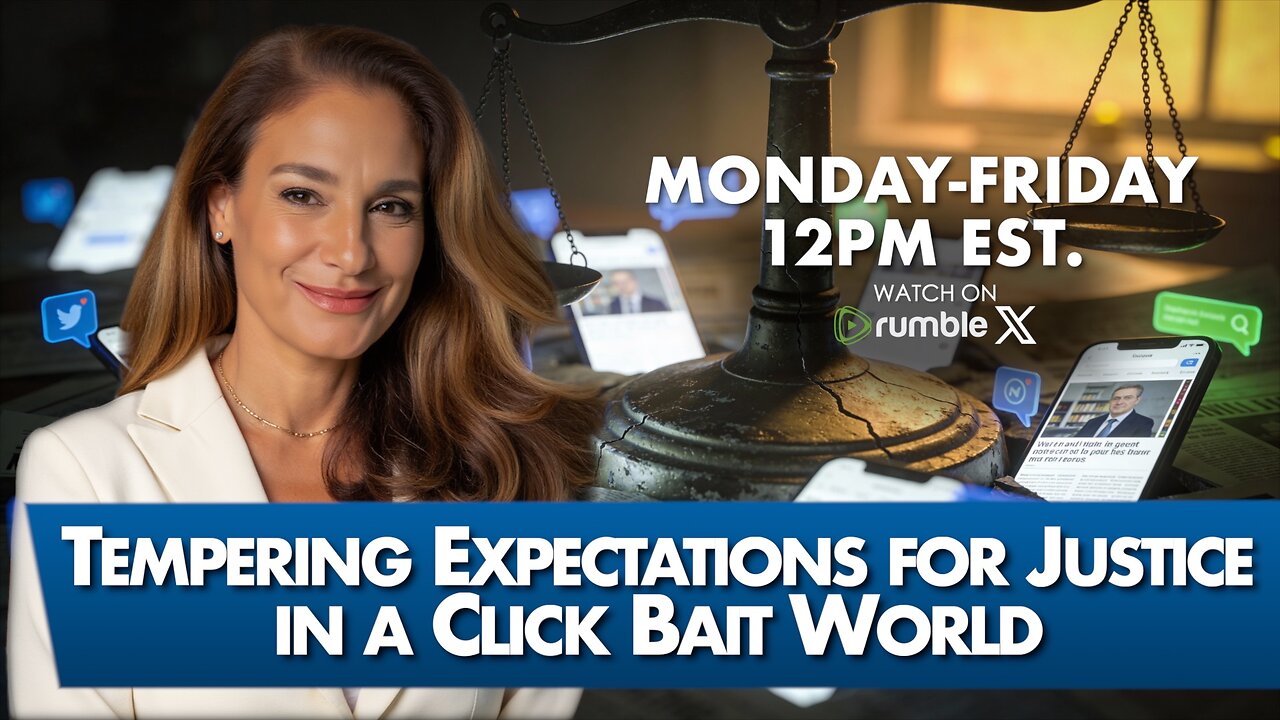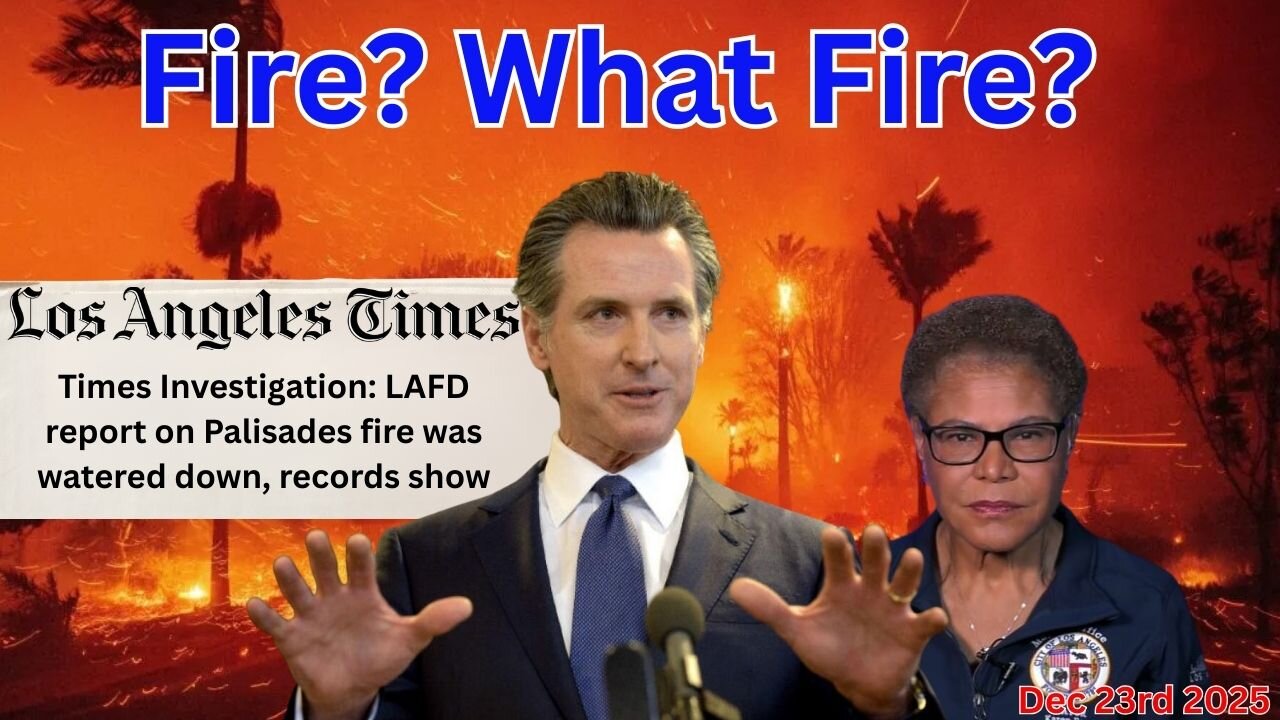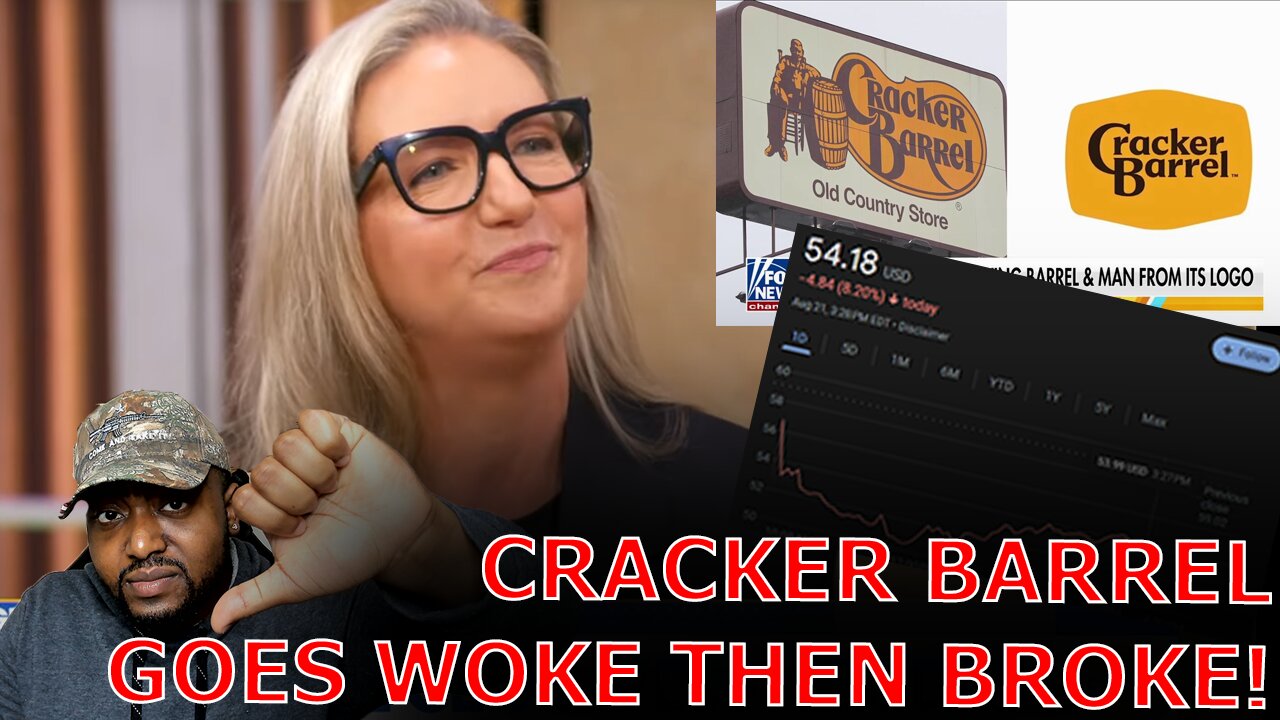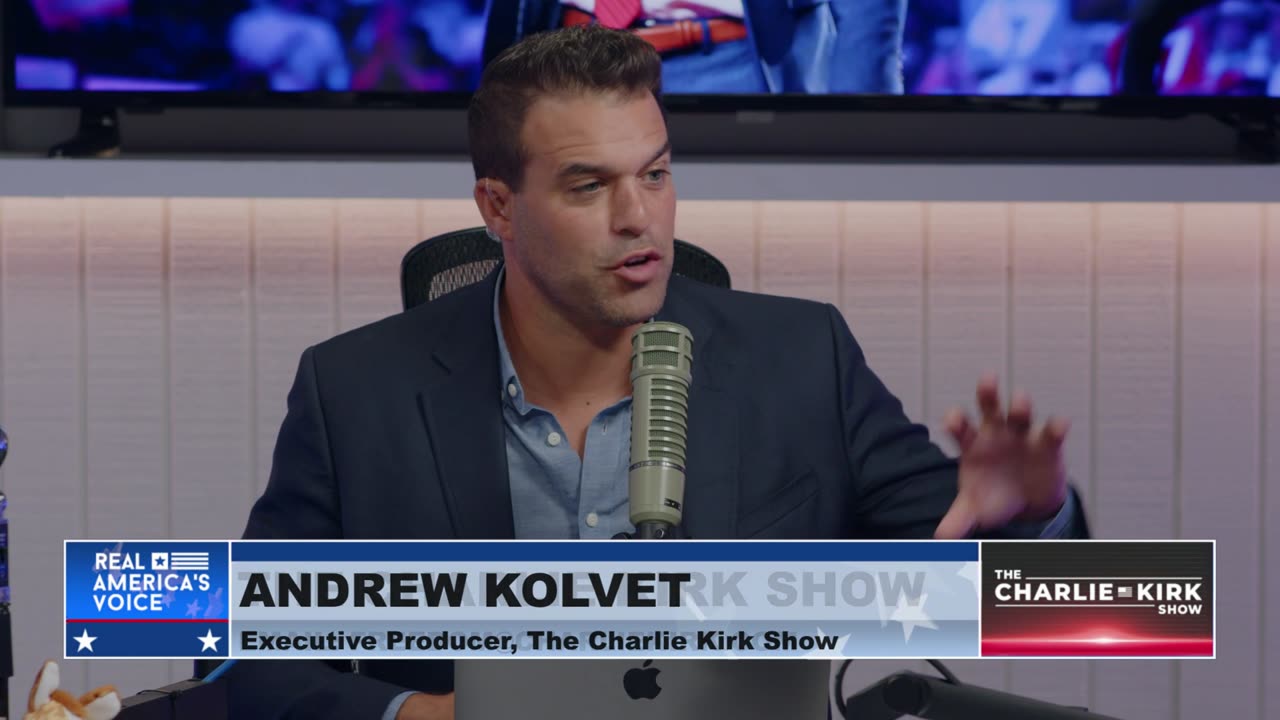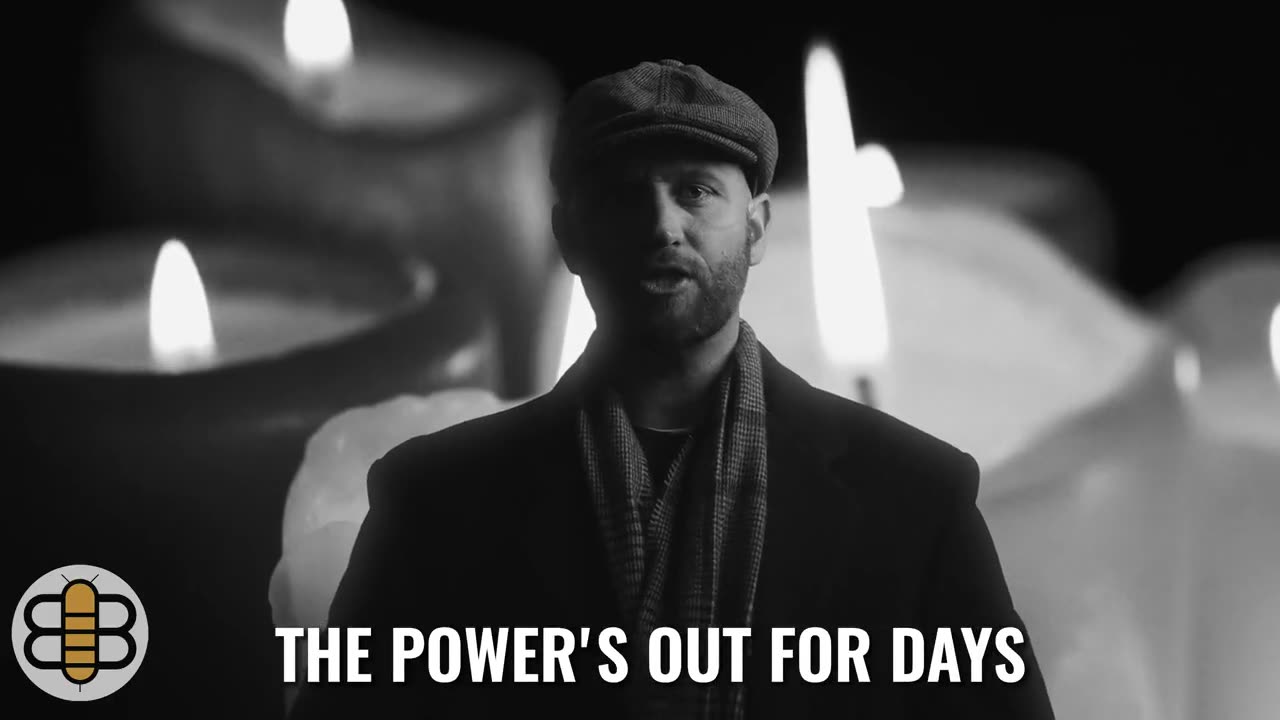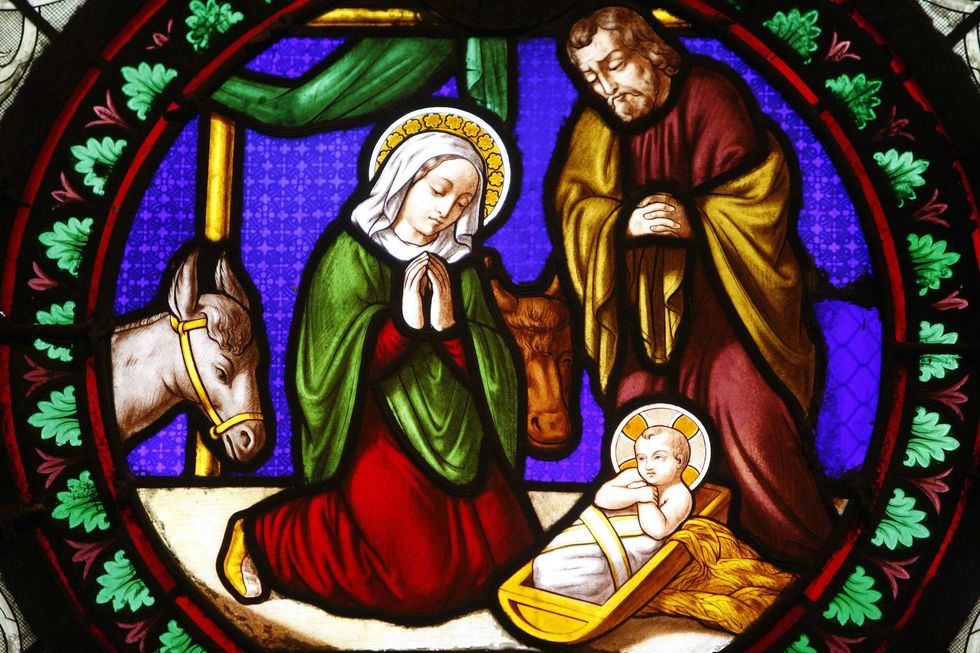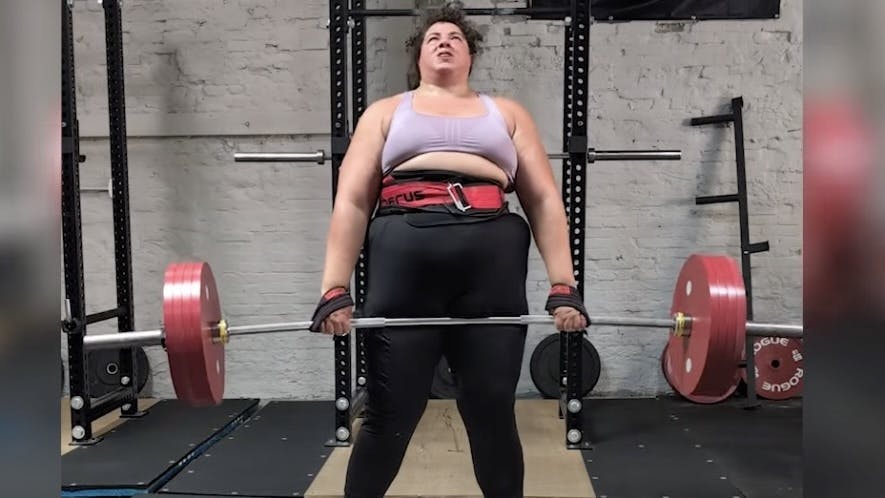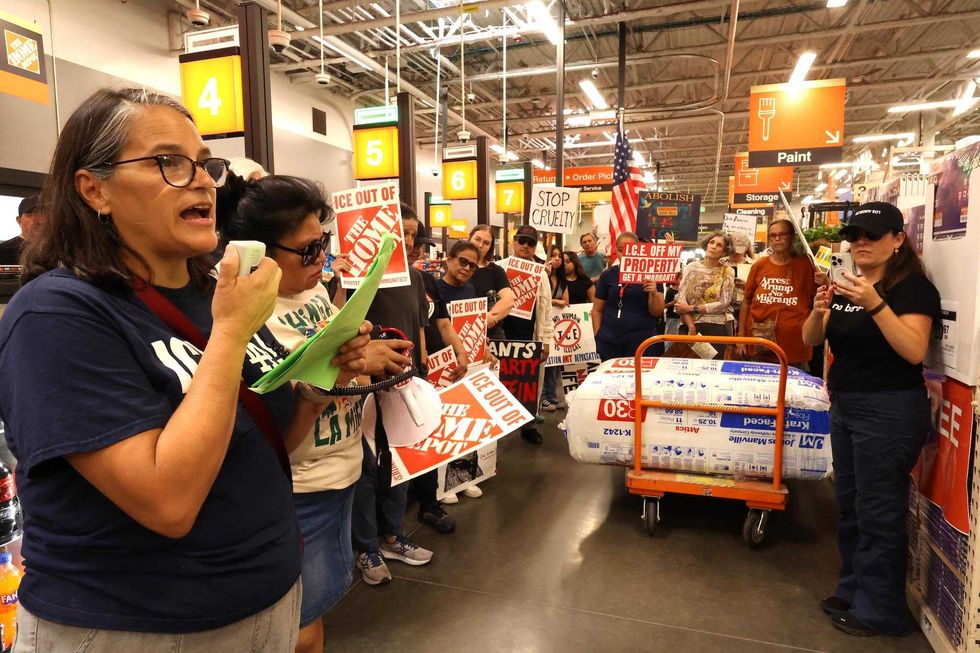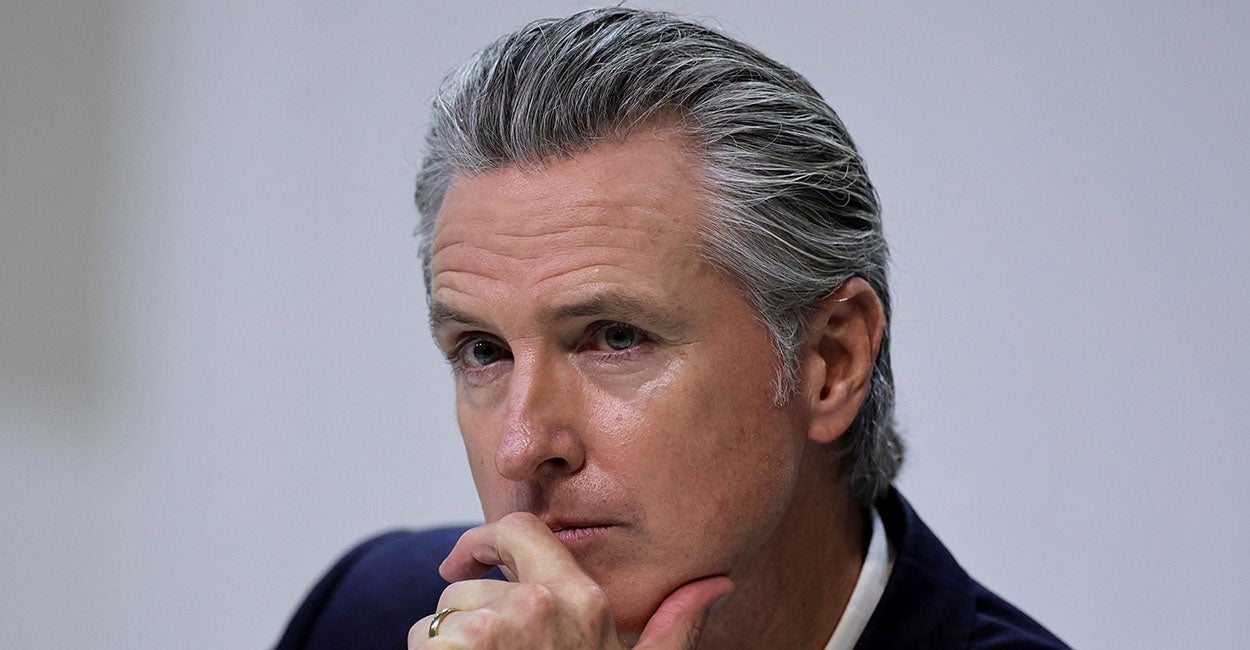We bought an illegal superfood in Colorado — here’s what I learned
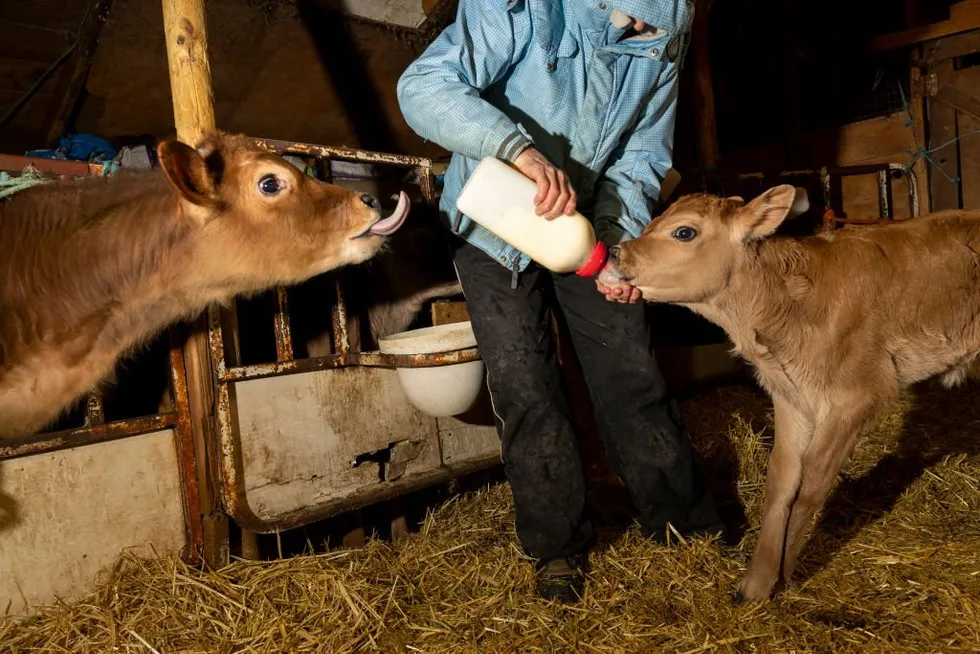
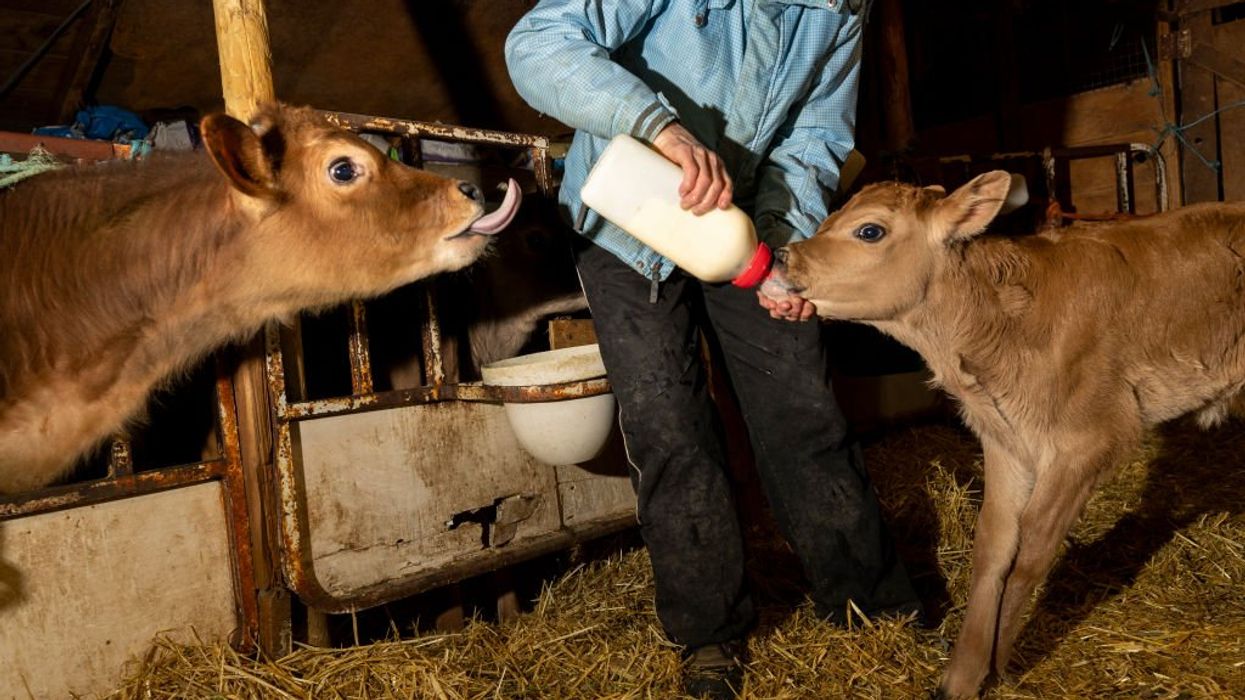
When my friend asked me to drive him to a town 30 minutes south of where we live in Colorado to pick up a gallon of milk, I thought he had lost his mind. But as he explained a few things to me as we drove, I realized there was nothing wrong with my friend — it was the government that had really gone off the rails.
Live Your Best Retirement
Fun • Funds • Fitness • Freedom
As it turns out, this wasn’t your run-of-the-mill gallon of milk, and this trip was dangerously close to being illegal. Our crime? We were going to buy a gallon of raw milk.
You can tell things are backward and upside down if California is one of the most deregulated states in the nation for raw milk sales.
Driving down to Castle Rock, Colorado, I tried to figure out how my friend had gotten into such a niche trend (as it seemed to me at the time). He told me that influencers like Paul Saladino, M.D., played a major role in pushing him over the edge and starting his life of crime.
What is raw milk?
Raw milk is milk that has not undergone the high-temperature pasteurization process. This process purportedly kills bacteria that contaminates milk, but this contamination occurs when the dairy farm is kept in poor conditions. Raw dairy farms are known for their superior cleanliness, which not only produces a better product but also lowers the risk of contamination. Pasteurization simply corrects for the lower standards connected to mass production.
By scientists' own admission, moreover, pasteurization was implemented in the early 20th century to accommodate mass consumption. Poor sanitation conditions in cities led to greater risks of contamination of the milk, which pasteurization corrected for.
Raw milk is also remarkably similar to human breast milk, which is widely considered to be the most nutrient rich "superfood" humans can possibly consume. Breast milk is obviously not regulated or pasteurized, which makes it odd that cow milk needs to be regulated to such a high degree.
Federal regulation, 21 CFR § 1240.61, mandates that all milk products “intended for direct human consumption” shall be heated to varying high temperatures in order to destroy “microbial organisms of public health significance.” It also prohibits the sale of raw milk across state lines but leaves the regulation of raw milk to the discretion of individual states beyond that.
RELATED: The truth about raw milk the government doesn't want you to know: 'Close to a perfect food'
 Photo by Chip Somodevilla/Getty Images
Photo by Chip Somodevilla/Getty Images
Pasteurization is a requirement for selling milk at the federal level. It has become standard practice for the production and sale of milk, and alternatives like raw milk have become an almost unshakeable taboo. Luckily, there are very few places where raw milk is completely illegal to acquire, but there are many shades of legality between full acceptance and full prohibition.
Paul Saladino has been a vocal advocate online for raw milk and has been a leading figure in the MAHA movement. And he isn’t niche, either: He has even taken a raw milk shot with Robert F. Kennedy Jr. at the White House as he raised awareness about what he calls a suppressed superfood.
The raw milk circus
The states have interpreted and enforced federal regulation of raw milk in various ways, leading states to adopt several strange loopholes. However, the amount of hoops that raw-milk enjoyers have to jump through in some states is astounding.
Surprisingly, California has some of the most lenient laws in the country regarding the regulation of raw milk. You can see from Raw Farm USA’s website that the company is, however, strictly limited to intrastate sales for its whole product line. The company can only sell a small and very qualified selection of its products across state lines.
You can tell things are backward and upside down if California is one of the most deregulated states in the nation when it comes to raw milk. And it only gets stranger from here in this hall of mirrors.
In Colorado, where my friend and I bought raw milk, he had to join what is called a “herd share.” Colorado state law defines a herd share as “an undivided interest in a cow, goat, or herd of cows or goats, created by a written contractual relationship between a consumer and a farmer.” The herd share stipulates that “the consumer has an interest with the farmer for care and milking, and under which the consumer is entitled to receive a share of milk from the cow, goat, or dairy herd.”
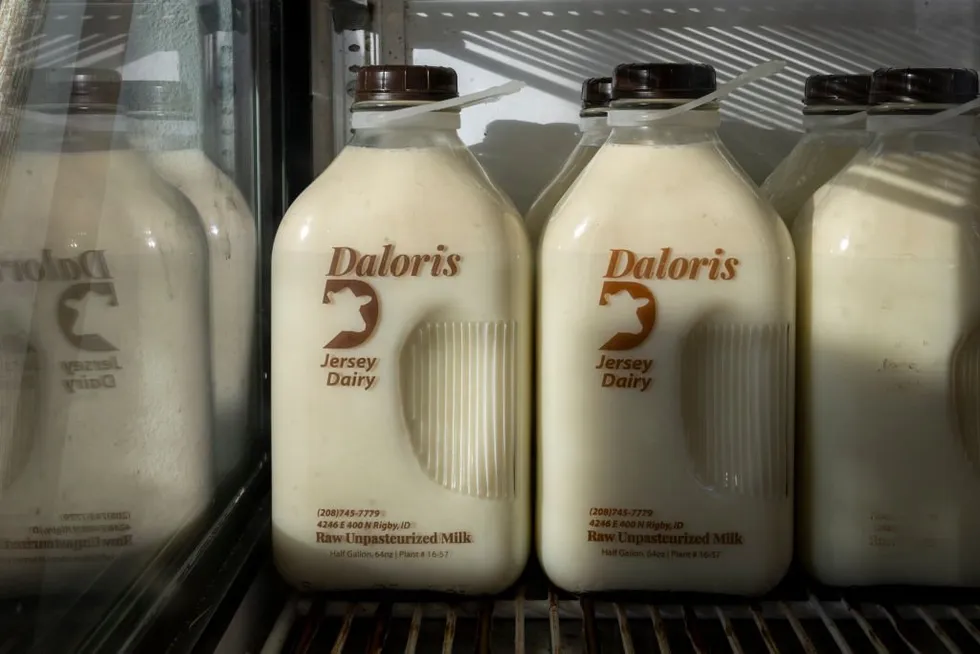 Photo by Natalie Behring/Getty Images
Photo by Natalie Behring/Getty Images
In case you skipped over that nonsense, it essentially says that if you want to buy raw milk, you have to buy part of a cow, similar to how you would buy stock in a company. Investors derive benefit from the success of the companies they invest in, and herd shareholders derive milk from their investment in the herd. More practically, herd shares are like a subscription to the farm and to a cow in the herd in which you pay monthly for the amount of milk you need.
This is a popular arraignment in several states, but it gets stranger in others. Here are two different maps that show the raw milk regulative landscape of the United States.
In North Carolina, for example, farms can sell raw dairy products but are required to label them "animal feed" or "not fit for human consumption." This label also appears as "pet food" in some places. This seems to have a deterrent effect on a lot of people, but influencers like Paul Saladino have insisted on its safety. Here’s Paul Saladino’s explanation of why he has no problem eating pet food (raw kefir).
The experts weigh in
The medical establishment pushes out article after article warning against the potential harms of raw milk, yet these same articles from the “experts” warn that the consumption of raw milk poses particular risk to “pregnant people,” for example. Don’t they mean “pregnant women”? Their unscientific approach to biology makes many people hesitant to accept their nutrition advice.
Not to open a can of worms, but I can’t imagine trusting the CDC for health advice after the COVID vaccine fiasco, to name one example. And yet, the CDC says, “Choosing pasteurized milk is the best way to keep you and your family safe.”
There is also an obvious bias from the “experts” when they talk about the choice to consume raw milk. As explained earlier, states can choose to regulate the sale of raw milk as they deem fit, but some studies make it sound like the states that allow the sale of raw milk in some capacity are "cheating the system": “These arrangements have been used to attempt to circumvent state and federal law prohibitions on traditional retail sales of unpasteurized milk.”
RELATED: FDA’s newest recall proves Elon Musk right — and boosts the MAHA movement
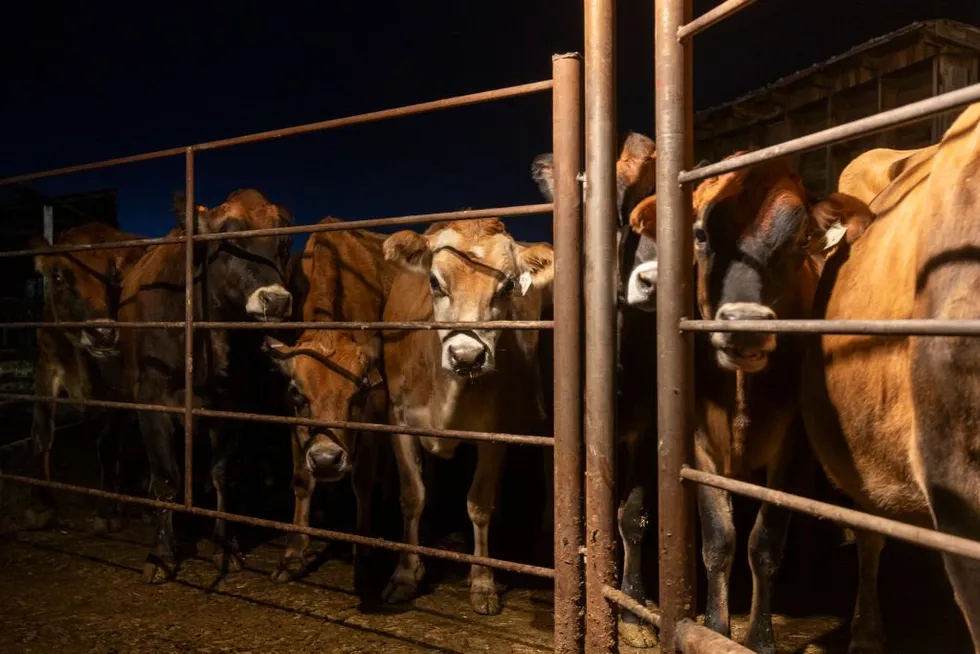 Photo by Natalie Behring/Getty Images
Photo by Natalie Behring/Getty Images
Allow me to translate: By “circumvention,” the experts mean to say that people voted to allow for the limited sale of raw milk within regulation.
It starts to become clear that the scientific consensus is the only allowable opinion for raw milk — among many other things — and all other choices should be off the table, according to the experts.
Risk management
The experts say that raw milk can kill you, and many people point to the same figures: 675 illnesses, two deaths in six years. While this may sound alarming at first, raw milk has a smaller chance of killing you than a shark attack, which is incredibly rare and unlikely.
While it is true that more people consume pasteurized milk than raw milk, it's a surprise to many that pasteurized milk, in fact, carries a risk of death that is numerically higher than raw milk, according to a 2022 study:
Thirty-two disease outbreaks were linked to dairy consumption. Twenty outbreaks involving unpasteurized products resulted in 449 confirmed cases of illness, 124 hospitalizations, and five deaths. Twelve outbreaks involving pasteurized products resulted in 174 confirmed cases of illness, 134 hospitalizations, 17 deaths, and seven fetal losses. Listeria accounted for 10 out of 12 outbreaks from pasteurized products from 2007 through 2020.
When you think about the statistics in this broader view, fearmongering statements like, “Some people say raw milk is a ‘natural’ food that provides health benefits. But no matter how clean and well-cared-for an animal is, bacteria can still make their way into the milk. And without pasteurization to kill them, these bacteria can cause serious illness and death,” start to sound pretty outlandish.
Plus, the COVID fiasco proved the government doesn’t really care about your safety. Why do we still follow its “recommendations”?
So before you buy into the surface-level fear tactics that scientists and the government throw at you, do your own research and come to your own conclusions. And the next time you have $11.95 to spend, consider giving raw milk a fair chance.
Originally Published at Daily Wire, Daily Signal, or The Blaze
What's Your Reaction?
 Like
0
Like
0
 Dislike
0
Dislike
0
 Love
0
Love
0
 Funny
0
Funny
0
 Angry
0
Angry
0
 Sad
0
Sad
0
 Wow
0
Wow
0





